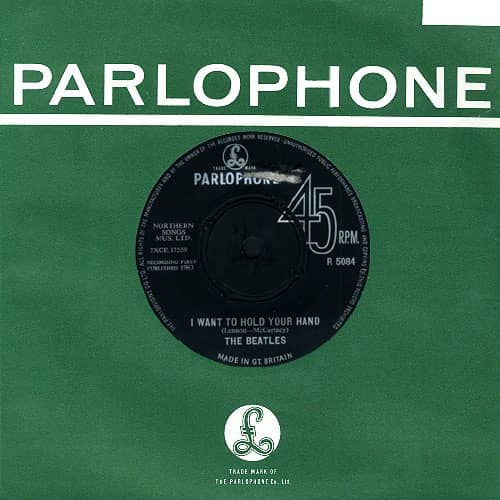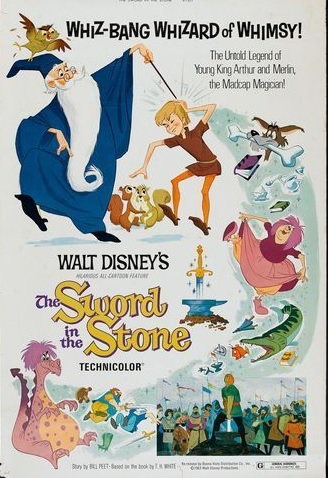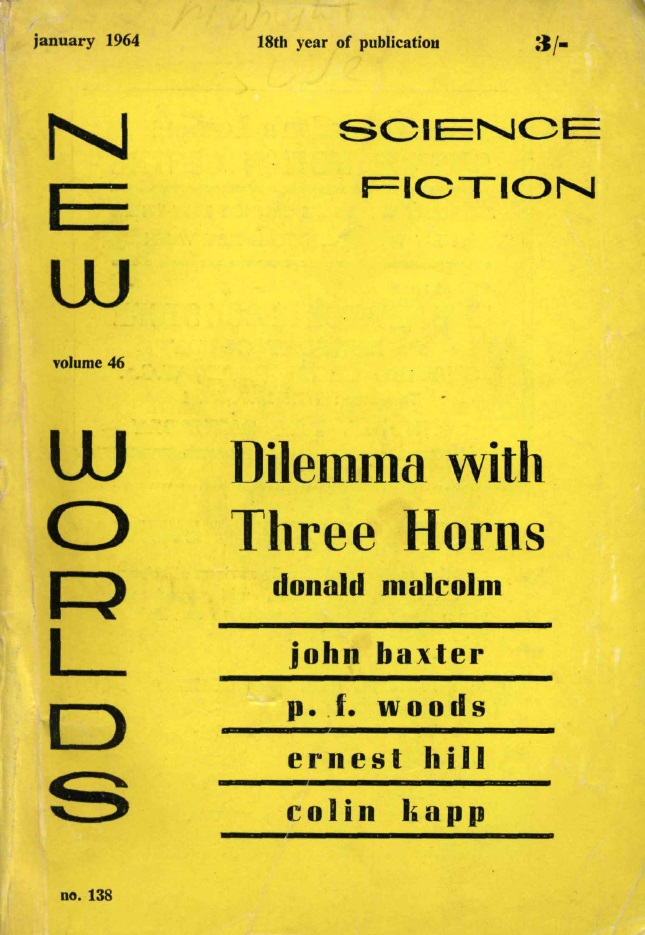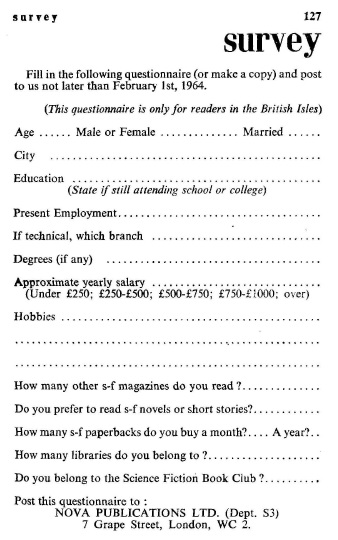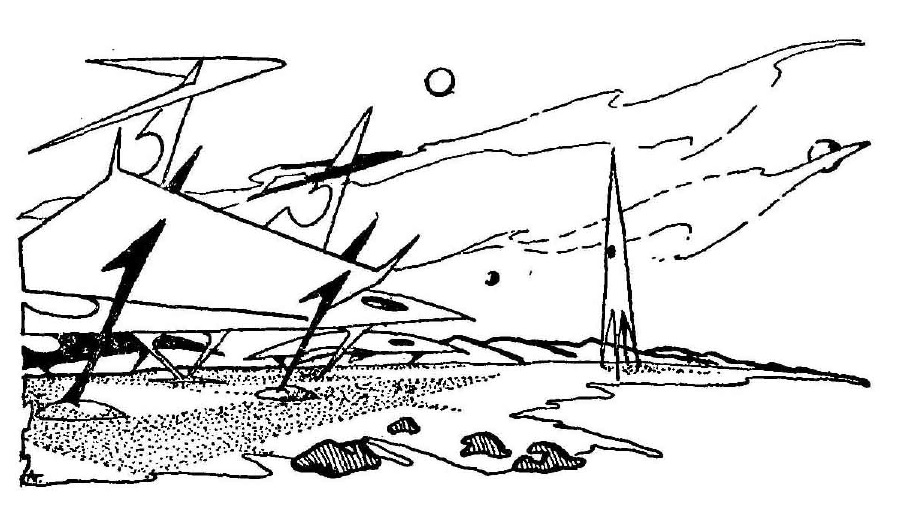[Don't miss your chance to get your copy of Rediscovery: Science Fiction by Women (1958-1963), some of the best science fiction of the Silver Age. If you like the Journey, you'll love this book (and you'll be helping us out, too!)

by Mark Yon
Scenes from England
Hello again!
Well, this is a pleasant, if unexpected, surprise. I have been getting used to writing about New Worlds magazine every other month.
However, whilst looking at the racks in my local newsagent the other day, to my surprise there was a copy of Science Fantasy, so I bought it. It is the first I’ve seen in a long while, and certainly the first under its new editorialship by Kyril Bonfiglioli, so I am very interested to see what it is like.

Note: Picture is not actually of the author…
I am hoping that this increased visibility is a good sign – an improvement in noticeability can only mean more potential sales. Let’s hope New Worlds can follow. I mentioned in my last article that there was a rumour about the circulation of New Worlds. It seems that readership is up, and that the print run is now nearly double what it was under Carnell. That is wonderful news, although I am aware that New Worlds not only needs to get those numbers of people reading, but also keep them.
Whilst not quite as much as its older companion, it looks like Science Fantasy has also increased its sales.
More on that in a minute.
What else has happened since we last met? Well, the rumoured General Election was announced on 14th September, to no one’s real surprise. The currently governing Conservative Party, having being in power for 13 years or so, seem fairly confident about their chances of returning. Personally, though, I don’t know. The youngsters that I know of all seem to be enthused about the Labour Party under Harold Wilson, claiming that now is the time for change. With what’s been happening socially, and the empowerment of young men and women, Wilson might just stand a chance.

In terms of music, there’s been some change. My favourite track of last month, You Really Got Me by The Kinks actually got to Number One for two weeks, which shows that it isn’t just me who likes it. Currently the saccharine pop of Herman’s Hermits is at the top of charts with I’m Into Something Good. Much more radio-friendly perhaps, but it shows how varied our music is at the moment.

But my biggest news is that I’ve managed to see the latest James Bond, the one the Traveller mentioned last week in his ongoing news ticker. Named Goldfinger, and based on Ian Fleming’s book, of course, I think it’s the best Bond film so far. There’s clearly been a lot of money spent on gadgets and special effects, but most importantly Sean Connery seems to be settling in nicely to the lead role. Gert Frobe makes an admirable bad-guy, although his henchman known as 'Odd Job' is more memorable, for reasons I won't spoil here. Good to see ex-Avenger Honor Blackman in a film (rather than television) as well. There has to be more of these, judging by what I saw. Great stuff.
The Issue At Hand
Well, this is a classier cover than the one on New Worlds, although there’s not much of the ‘Fantasy’ about it. Looks like an ancient alfresco classical painting, which I am sure is deliberate. The two red dots for nipples made me laugh, though.

The editorial is an interesting one. This Science Fantasy editorial from Kyril Bonfiglioni comes across as more straightforward than the Moorcock New Worlds editorials, and combines humour with a tad bit of grumpiness. It’s also rather defensive in its choices, here defending Rudyard Kipling as a Science Fiction writer to beat H G Wells had he continued to write more. However, the editor’s put-down of a disgruntled reader in New York is quite amusing. All in all it’s a great introduction to the issue.
To the stories themselves.
The Blue Monkeys, by Thomas Burnett Swann
So we begin with something that I understand is not typical of Science Fantasy, in that it is the first of a three-parter. This is something common in New Worlds, but judging by the comments by the editor, less so here.
The Blue Monkeys is a story that dips into the well of ideas that is ancient Grecian myths. In this place giants exist, as do many of the mythological creatures we accept as stories today. It’s a nice set up.
It’s really an alternate story of the Minotaur, through the eyes of Thea and Icarus, two young elf-like children of the Cretan prince Aeacus. They encounter the boorish Ajax, who tries to make moves on the young sixteen year old Thea. Unsurprisingly, Thea and Icarus try to escape and in doing so are rescued by the Minotaur. The twist in the story is that the Minotaur’s reputation is more fearsome than the reality.
If you like tales where the emphasis is on telling a story, I think you’ll like this one. Think of it as a more adult version of the myths and legends of Ancient Greece. It reads very smoothly, and I was engrossed until the point where it ended. I look forward to the next part in the next issue. A great start to the story and the issue. 4 out of 5.
Period of Gestation, by Thom Keyes
And then we have a change of gear, to an odd science-fiction story that wouldn’t be out of place in New Worlds. Imagine the consequences of unending travel with a group of other men for sixteen years. This tale shows us the result. Frankly it's not pretty, although the editor prefers to refer to it in his Editorial as 'controversial'. Mad delusions, visions of deity and the resurrection of Jesus Christ are mixed with orgies of chocolate and male pregnancy. Period of Gestation tries to combine humour and satire but becomes too absurd for my tastes. It’s certainly memorable but didn’t really work for me. 3 out of 5.
Anita, by Keith Roberts
Anita is the first of two stories by this author in this issue.
I’m usually suspicious when we get two stories by the same author in one issue. New Worlds does this a lot – it published two Brian Aldiss stories in the June 1964 issue, for example. But I can’t help feeling that surely if the stories are that good it makes sense to spread them out over a number of issues?
Having said that, this first one is pretty good. It is the story of a young girl’s moral awakening as she experiences a wider world. Anita is a young and rather lonely witch whose experience of normal mortals is limited. When her Granny insists that Anita go out of the house to see more of the world and practice her magic, Anita encounters cars, tarmacked roads and makes new friends. Despite warnings from her Granny, Anita becomes friends with a girl named Ruth and her Romany lover Jem. It does not end well, for when Jem leaves Ruth she commits suicide. In a rather Fritz Leiber-style twist, Anita finds herself in the care of an animated zombie.
Anita is a nicely developed character – an innocent who wants to do well, yet who is also lonely and wants to make friends, even if they are human. On the downside, Granny’s strangled language, meant to represent a local dialect, is a bit irritating, but overall Anita’s a nice enough story that brings to light the complications that could be created if the world of magic coexisted with the more mundane Human world. 4 out of 5.
Dummy Run, by Colin Hume
A writer new to me. Another attempt to write a humorous science fiction tale, one where Percy Winkley, a mild-mannered ventriloquist, single-handedly halts a Martian invasion with the use of his ventriloquist’s dummy. Like most of these stories, I find, it’s a minor story that doesn’t always work for me, one that is supposed to amuse but really made me groan. Although it is better than some of the similar stories I’ve read in New Worlds, this is not worth comparing with similar works by more skilled humourists such as Brian Aldiss, Robert Sheckley or John Sladek. 3 out of 5.
Easy as A.B.C., by Rudyard Kipling
I must admit that I’m usually wary of reprints, even when they are good. On a practical level they tend to be for reasons of financial expediency rather than literary merit in my experience, or in a literary sense are old-fashioned and dated.
However, this story, first published in 1912, is worthy of a read as an early proto-sf story from an author not usually remembered for his genre work. The Aerial Board of Control (A.B.C.) is “a semi-elected, semi-nominated body of a few-score persons” who control “The Planet”.
It’s the story of how a global government deals with a global crisis – in this case, when North Illinois takes itself out of the system, causing communication breakdowns and other sorts of chaos. A crack team of A.B.C. operatives are sent to find out why and, if necessary, bring North Illinois back in line.
The issue seems to be that a group of dissidents wish to have more democracy and hold public meetings, which are in defiance of the relatively benign rules of The A.B.C. because invasion of privacy – which these demands impose upon – is seen as a capital offense.
The team realise that action has to be taken quickly in order to quell a rapidly escalating problem. Their solution is to use a new weapon that makes those who hear it temporarily blind and deaf on the populace of Chicago. The dissidents are then rounded up and taken to the World Capital of London, where they are put on display for the entertainment of the masses.
Kyril says in his Editorial that “Kipling was far ahead of his time as a science fiction writer”, and As Easy As A.B.C. shows some interesting if controversial ideas – even today. The story raises the issue of what right an authoritative power has in taking actions to defend the views of the masses, even when such views are different to our own.
It’s not too difficult to see this as a parallel version of the British Empire throwing its considerable weight around. Readers may consider this to be either an acceptable consequence of being ruled by a benign World Council or regard it with horror as the inevitable consequence of accruing and maintaining control. The ending reminded me of the show-trials at the end of the Second World War, or even the more recent McCarthy trials in the USA, and not in a good way.
Some readers may dislike the use of terms such as “Nigger” and characters being referred to derogatorily as “Wandering Jews”, which are a product of their time but sit uneasily with a more contemporary readership. But there are some interesting ideas here that make you think, even when it is not a total success. For all of its issues I can see why Kyril thinks it worth bringing to our attention again.
3 out of 5.
Symbiote, by George Rigg
Another writer new to me. In the blurb George is described as “an Oxford don whose specialism is medieval literature.” However, those expecting an Arthurian romance will be surprised, for instead this is a very short story of the awakening of a form whose purpose for existence appears only to be around ‘the Creature’ – a human alcoholic with delusions. It is very short, verbose and minor in importance, but perhaps a welcome relief to counter the denser tales before it.
3 out of 5.
Escapism, by Keith Roberts
The second of the two stories by this author in this issue. Escapism is a story of what happens when an out-of-the-way, dilapidated little picture house is hired to check the rushes of a movie being made about the ancient battle of Sedgemoor. Nothing too unusual there – except that the movie is so realistic that the audience feels like it is there, with surround sound.
Perhaps my favourite story of the issue. There’s humour which works and characters I really liked.
5 out of 5.
Love Feast, by Johnny Byrne
And yet another writer new to me, but one who I gather is quite well known and popular in British genre circles. Love Feast is a weird little short-short about a creature offering itself up to be eaten by another. Odd – which may be the point, but not a favourite for me. 2 out of 5.
Notice: no book review section or letters page (which is why the Editor used a letter in his editorial this month, I guess): that’s your lot. Unlike New Worlds, in Science Fantasy it’s all about the fiction within, which again makes a refreshing change.
Summing up
I’m pleased I got a hold of this issue. Like Moorcock in New Worlds, Bonfiglioli is clearly determined to make his mark on the magazine. The two magazines are definitely different, but not entirely to the exclusion of the other.
I suppose that if New Worlds is the British equivalent of Analog, then Science Fantasy must be the British equivalent of The Magazine of Fantasy & Science Fiction – something that should amuse fellow Traveller Gideon, as I gather from his recent reports that he’s not too keen on F&SF at the moment! But the comparison seems apt to me.
Out of the two, I think that Science Fantasy has broader appeal but is more conservative than New Worlds. Yes, it is trying to break new ground – there’s a very interesting comment made by Kyril about Conan-esque sword and sorcery in this issue, for example – but it’s not as ‘out there’ as New Worlds.
This may not necessarily be a bad thing. I wasn’t expecting to say this, but out of the two most recent issues of the magazines the revelation for me is that I think Science Fantasy is a stronger, or at least more enjoyable, issue. Or at least it may appeal to a wider readership. If sales have increased, I think I can see why.
In short, I am impressed, and I hope that my ability to get issues of this magazine will continue. There are three stories here I loved (the two Keith Roberts’ and Thomas Burnett Swann’s reimaging of Greek myths) and the rest are not a disaster. I’ll have to look at a subscription, like I do for New Worlds, perhaps. The next issue will be out at the end of November.
However, I should be back to a new issue of New Worlds next month. Until next time…
[Come join us at Portal 55, Galactic Journey's real-time lounge! Talk about your favorite SFF, chat with the Traveler and co., relax, sit a spell…]

![[September 28, 1964] Revelation (<i>Science Fantasy</i>, September-October 1964)](https://galacticjourney.org/wp-content/uploads/2019/09/Science-Fantasy-Sept-Oct-1964-672x372.jpg)


![[August 27, 1964] Change..? ( <i>New Worlds</i>, September-October 1964)](https://galacticjourney.org/wp-content/uploads/2019/08/640827newworlds-1-553x372.jpg)
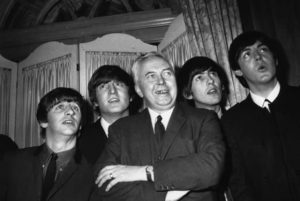



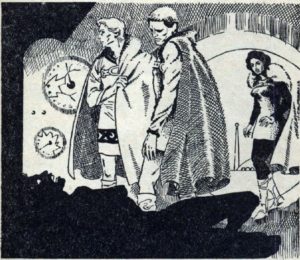

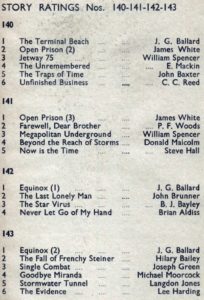

![[July 18, 1964] Dog Day Crop (July's <i>Galactoscope</i>)](https://galacticjourney.org/wp-content/uploads/2019/07/640718covers-672x372.jpg)

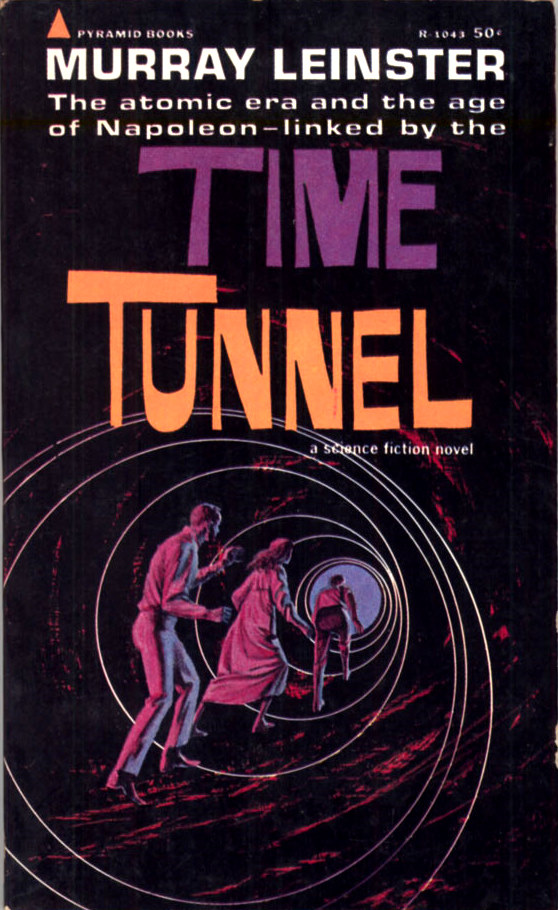

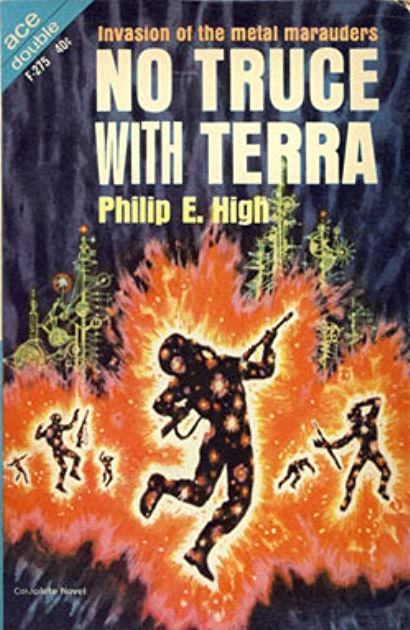
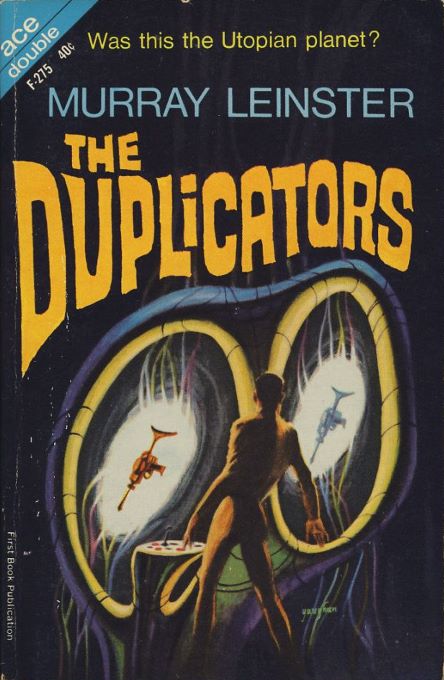
![[June 28, 1964] Not Quite What You Think. ( <i>New Worlds, July-August 1964</i>)](https://galacticjourney.org/wp-content/uploads/2019/06/640628cover-563x372.jpg)

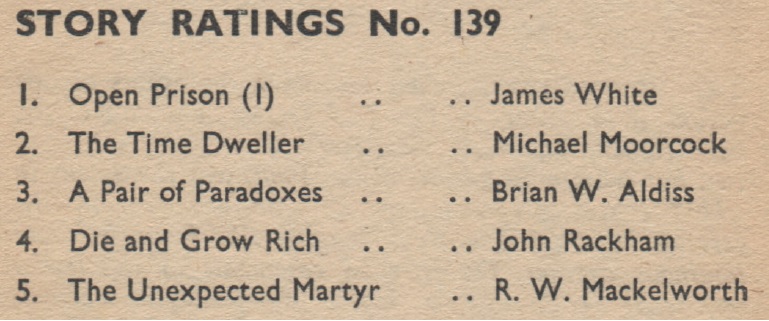

![[May 24, 1964] The Darkest of Nights… ( <i>June 1964</i>)](https://galacticjourney.org/wp-content/uploads/2019/05/640528Darkest-book-club-1964-423x372.jpg)
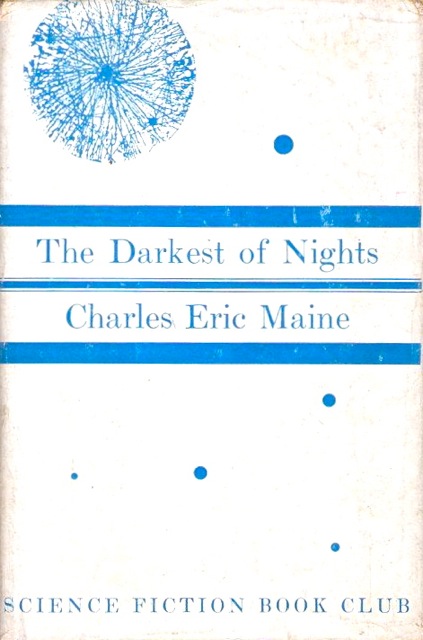
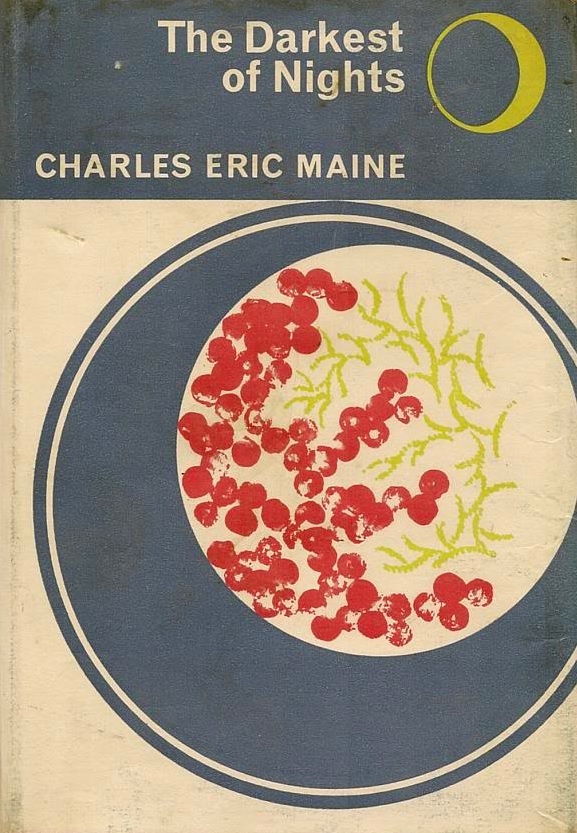
![[April 28, 1964] Out With the Old…. (<i>New Worlds, May-June 1964</i>)](https://galacticjourney.org/wp-content/uploads/2019/04/640428cover-555x372.jpg)

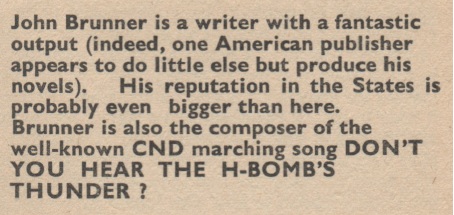
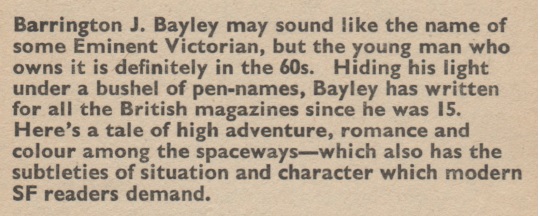




![[March 27, 1964] The End of an Era? Not With a Bang…. ( <i>New Worlds, April 1964</i>)](https://galacticjourney.org/wp-content/uploads/2019/03/640327cover-409x372.jpg)

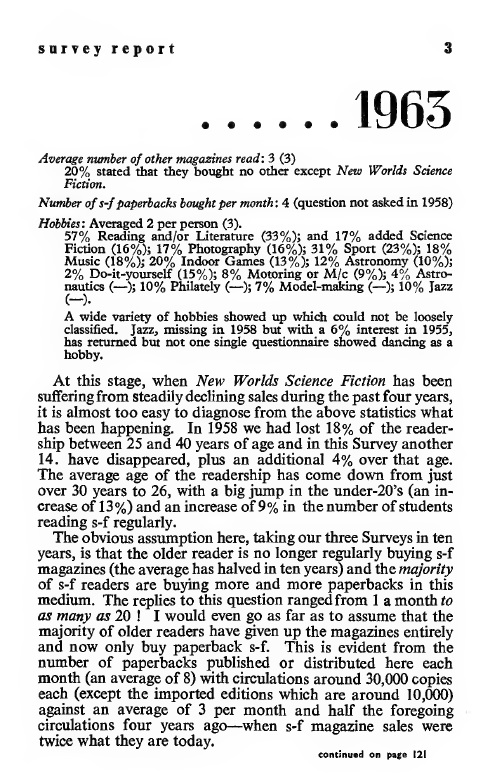
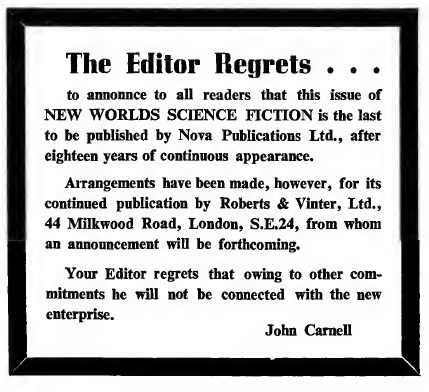
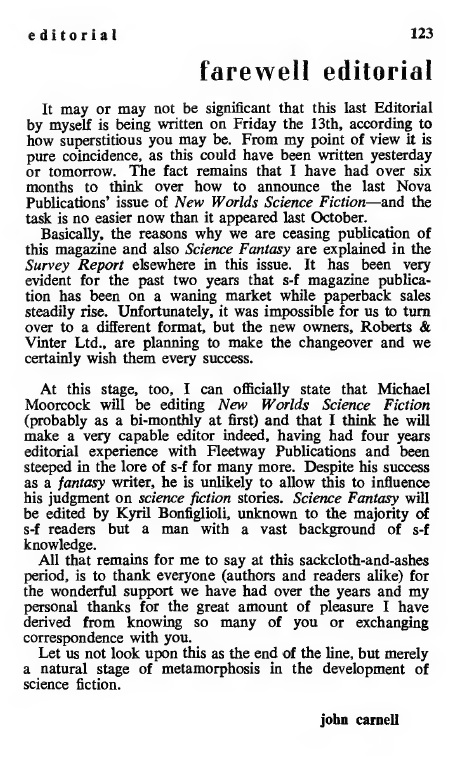
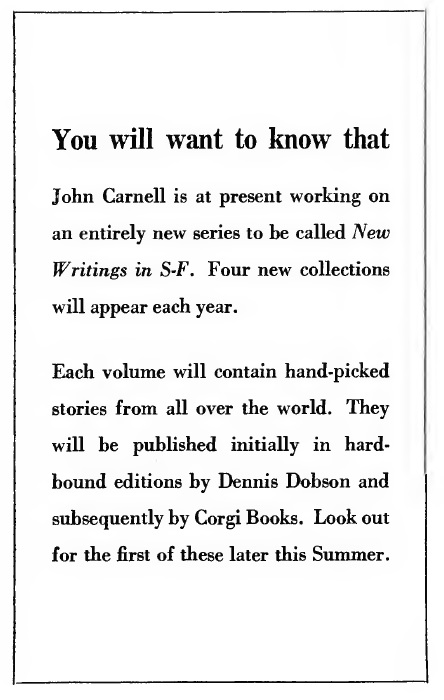
![[February 27, 1964] Beatles, Boredom and Ballard ( <i>New Worlds, March 1964</i>)](https://galacticjourney.org/wp-content/uploads/2019/02/640227cover-649x372.jpg)




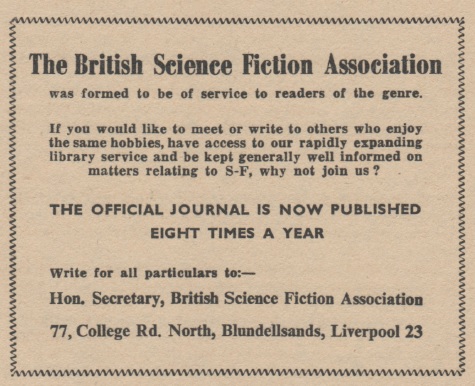


![[January 28, 1964] Beatles, Prisons and Doctors ( <i>New Worlds</i>, February 1964)](https://galacticjourney.org/wp-content/uploads/2019/01/640128cover-652x372.jpg)
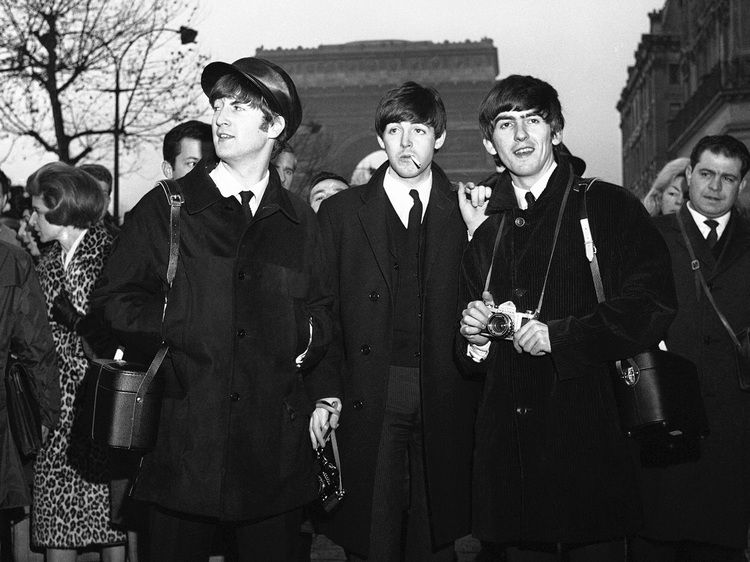





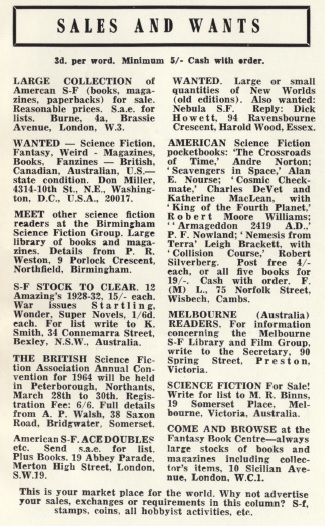
![[December 27, 1963] Democracy, Doctors and Decline ( <i>New Worlds, January 1964</i>)](https://galacticjourney.org/wp-content/uploads/2018/12/631227cover-645x372.jpg)
